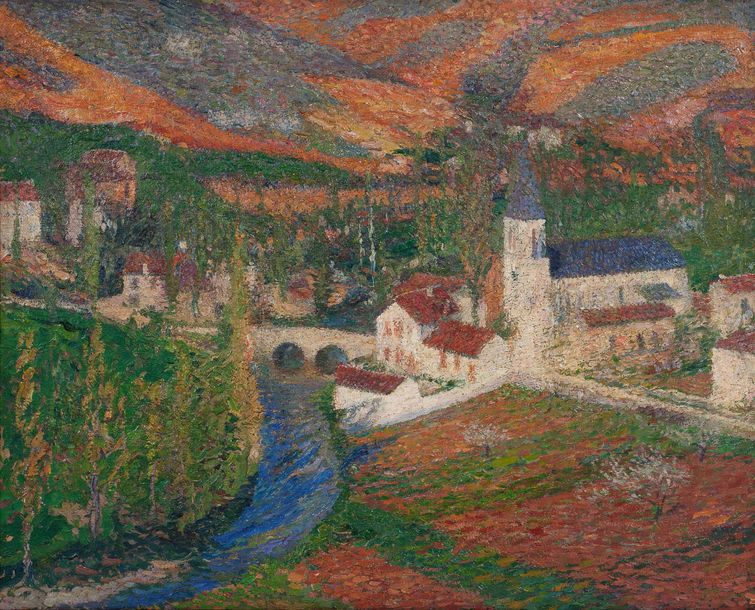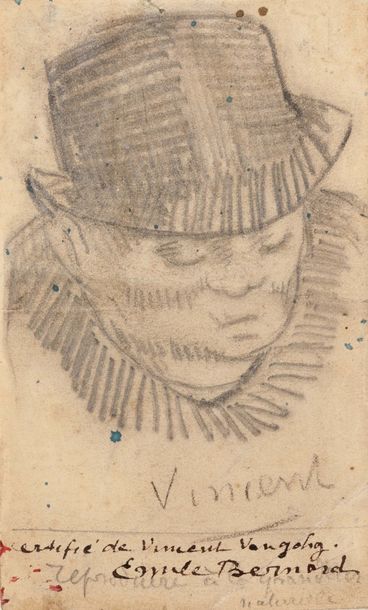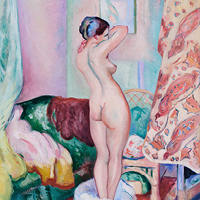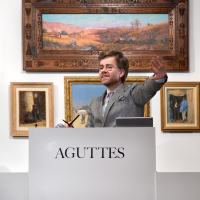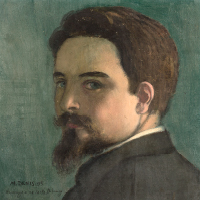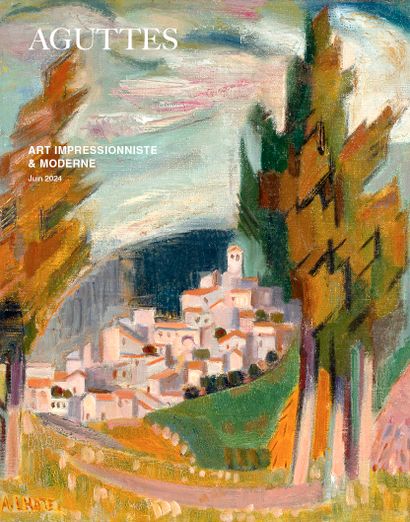- Calendar
- Results
- Services
- Specialities
Collectors & Enthusiasts
- The auction House
- Calendar
- Results
- Services
- Specialities
Collectors & Enthusiasts
- The auction House
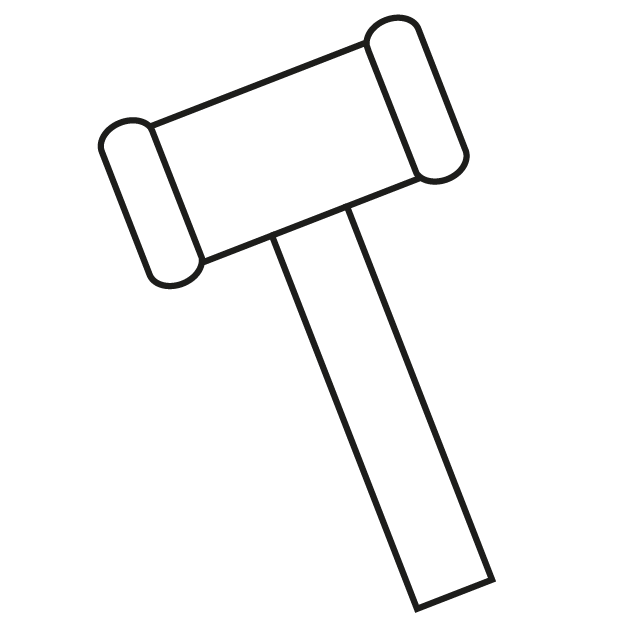
- #No content found
- Camille Claudel (1864-1943)
Vendu 386 000 € € >
>
Impressionist & Modern Art
“Modernity is the transitory, the fugitive, the contingent, one half of art, of which the other half is the eternal and the immutable. […] In short, for any modernity to be worthy of becoming antiquity, the mysterious beauty that human life involuntarily imparts to it must have been extracted.” These are the words used by Charles Baudelaire in 1863 to define the guiding principles of the new aesthetic that would find its formulation in a succession of avant-gardes. However, as Baudelaire himself pointed out, modernity cannot be conceived without the constant references it makes to the past. The department aims to valorize Impressionist & Modern art in all its diversity of styles and techniques (paintings, drawings, prints, sculptures, and ceramics).”
— Pierre-Alban Vinquant
The eclecticism of our auctions
Our auctions of Impressionist & Modern art are characterized by the key word “eclecticism.” Our catalogs reflect this diversity through the various techniques of creation they embrace: paintings, drawings, sculptures, prints, as well as unique collages and ceramics – such as those by Pablo Picasso and those born from the ephemeral collaboration between André Metthey and the greatest painters of his time (Maurice Denis, Maurice de Vlaminck, Henri Matisse, and Georges Rouault) – and multiples, such as the pieces resulting from the fruitful collaboration between Picasso and Madoura in Vallauris. They are also eclectic in representing different genres (history painting, landscapes, portraits, genre scenes) and are interested in abstract paintings as well. Finally, they encompass a diverse range of movements (Impressionism, Neo-Impressionism, Pointillism, Cubism, Fauvism, Dadaism, Futurism, Surrealism, etc.) covering a broad chronology from the second half of the 19th century to the present day, depending on the artists involved.
Impressionist Art
At the crossroads of ancient paintings and contemporary art, with its simplicity of subjects and its unique treatment of color, Impressionism is now the most popular pictorial movement in the history of painting. It is no wonder, then, that the Impressionist art auctions organized by Aguttes are scrutinized with great attention by institutions and private collectors alike. Whether they are French or foreign, these collectors have a clear preference for paintings that capture the subtle variations of light through a palette with vibrant tones, as seen in Renoir’s ‘Le village de Cagnes vu de la terrasse des Collettes,’ which was sold for 350,000 euros, or Paul-César Helleu’s ‘Voilier blanc en régate,’ sold for 252,420 euros.
The graphic arts and sculptures are also not to be overlooked. This is evident from the 300,000 euros achieved for a drawing by Van Gogh in 2019 and the 386,000 euros celebrated for Camille Claudel’s “Persée et la Gorgone,” a bronze cast by Eugène Blot, which had an excellent provenance as it was directly commissioned by the artist’s patron, Countess de Maigret, and had never left her family until it was offered at auction on May 4, 2021.
Collections or works with prestigious provenances continue to attract enthusiasm from art enthusiasts. As proof of this, in 2019, the hammer fell successively at 124,000 euros for Picasso’s drawing “Arlequin et singe” and at 127,000 euros for Picabia’s gouache “Transparence,” both of which were previously part of the collection of Princess Lucien Murat.
Modern Art
At the beginning of the 20th century, modernity was built on the notion of avant-gardes, which implied the idea of art evolving through successive breakthroughs, sometimes in an offensive or subversive manner. Their artistic reflections often led the artists to gradually move away from mimesis, the imitation of the world, and venture into the realm of abstraction. However, modernity is not just a series of ruptures. It constantly refers back to tradition, as seen in the works of the “return to order” movement by Derain or those influenced by Surrealism by Balthus. Far from being linear, the history of modern art is punctuated by propositions that are sometimes contradictory. Aguttes takes pride in defending the plurality of modern art, a success exemplified by the auction of Max Ernst’s “Projet pour un monument à Leonardo da Vinci,” which sold for 833,000 euros in 2019.
Impressionist & modern art: a stable market that transcends fashions
In 2021, the revenue from public auctions in France reached a record-breaking four billion euros, representing a 40% increase compared to 2020. France solidifies its position as the fourth-largest market globally, following China, the United States, and the United Kingdom.
Whether they are French or foreign, the audience of buyers in auctions of modern and contemporary paintings shows a clear preference for artworks that capture, through a vibrant palette, the subtle variations of light, as seen in Renoir’s “Femme en rose dans un paysage à Cagnes,” which achieved an auction price of 350,000 euros, or in Paul-César Helleu’s “Voilier blanc en régate,” which set a record price of 242,850 euros in November 2021 after a lengthy bidding battle between a bidder in the room and a phone bidder.
In the field of graphic arts, collections and individual works with prestigious provenances continue to generate strong enthusiasm among buyers in auctions of modern and contemporary paintings. For instance, in 2019, two striking hammer prices were achieved at Hôtel Drouot, with the pencil drawing “Arlequin et singe” by Picasso selling for €123,500 and the gouache “Transparence” by Picabia reaching €127,500, both of which were previously part of the collection of Princess Lucien Murat.
Good to know: our department of Impressionist and Modern paintings organizes 4 auctions per year in Paris and 4 online auctions.
Our specialist is at your disposal to appraise your items and provide you with professional expertise and advice regarding sales, auctions, or investment. Fill out the form and send us photos of your Impressionist and Modern paintings and artworks to receive a free and confidential estimation. Explore our auction calendar and find our offices on our website.
Our company has a unique and effective communication strategy, providing sellers with modern and targeted tools for international dissemination. We take great care in producing the auction catalog, ensuring its quality and content, whether in print or digital format. During our campaigns, we engage our existing buyers from various specialties and reach potential buyers through multiple channels, including online and offline advertisements, social media, email marketing, media coverage, influencer partnerships, and auction platforms. Our marketing materials include high-quality images, compelling texts, and engaging videos to attract a wide audience of art enthusiasts and collectors
Also discover
Results
News
Contacts
Request an estimate
Graceful and confidential
Newsletter
Subscribe to receive our magazine as well as the calendar of sales, exhibitions and conferences…
Only two communications per month in your mailbox.
Information
Also discover
Results
Why Aguttes?

Expertise
More than 14 specialized departments

Personalized accompaniment
Large and agile organization for the management of "top lots" and particular collections

International records
More than 60% of buyers are foreign
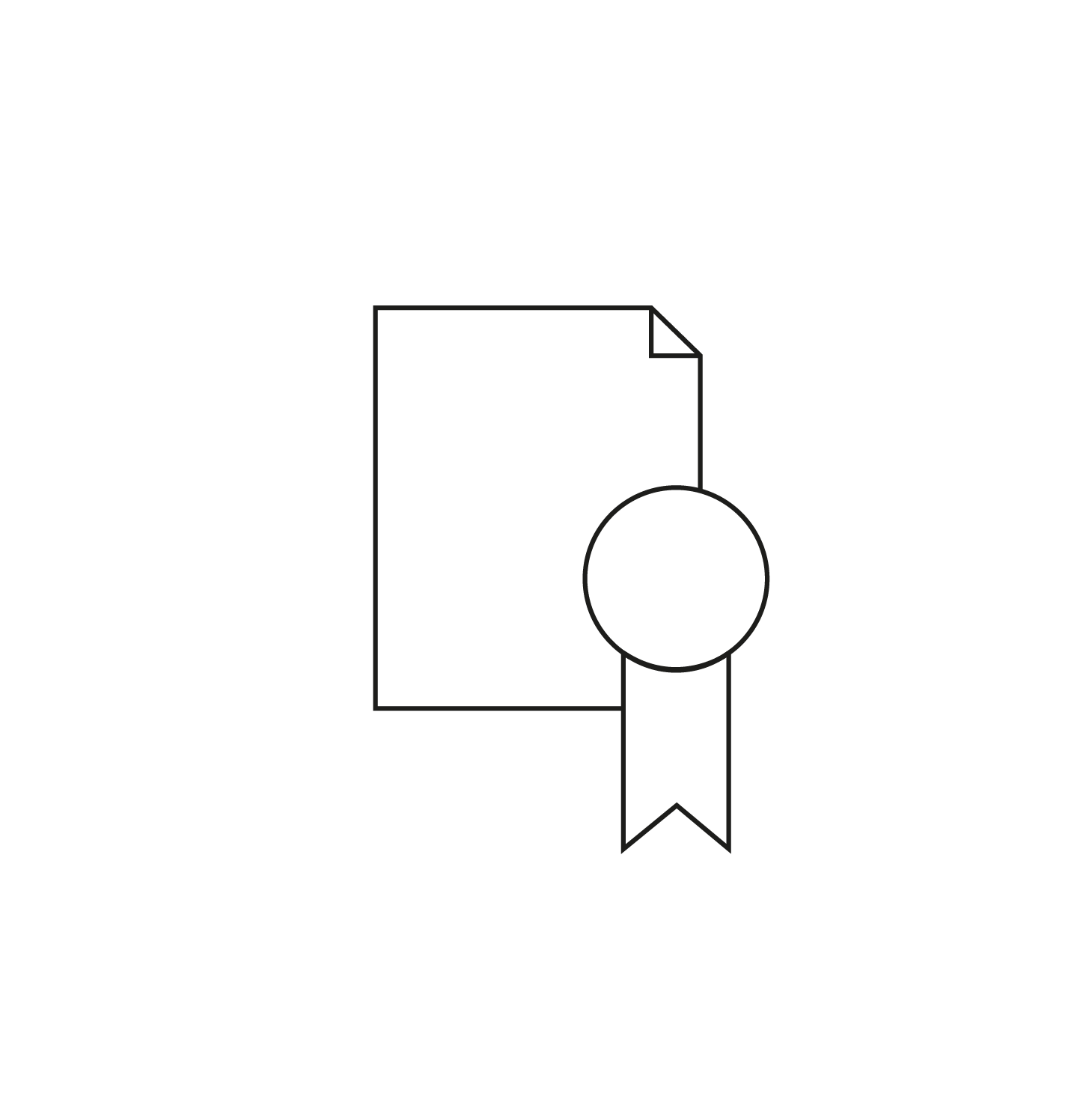
Culture of excellence
More than 150 lots sold at more than 100 000€ in 2022
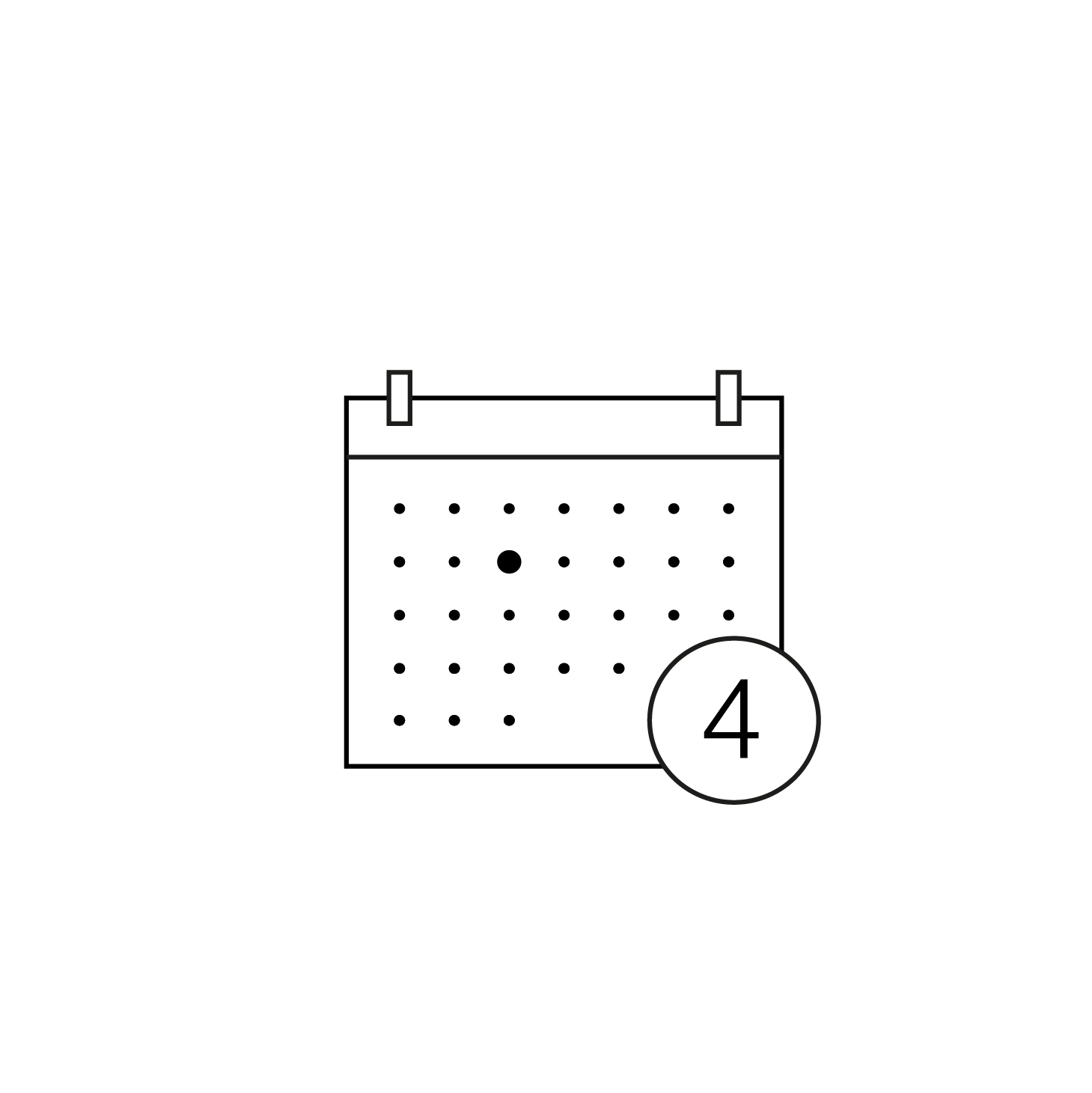
Frequency of sales
4 annual auctions by specialty




